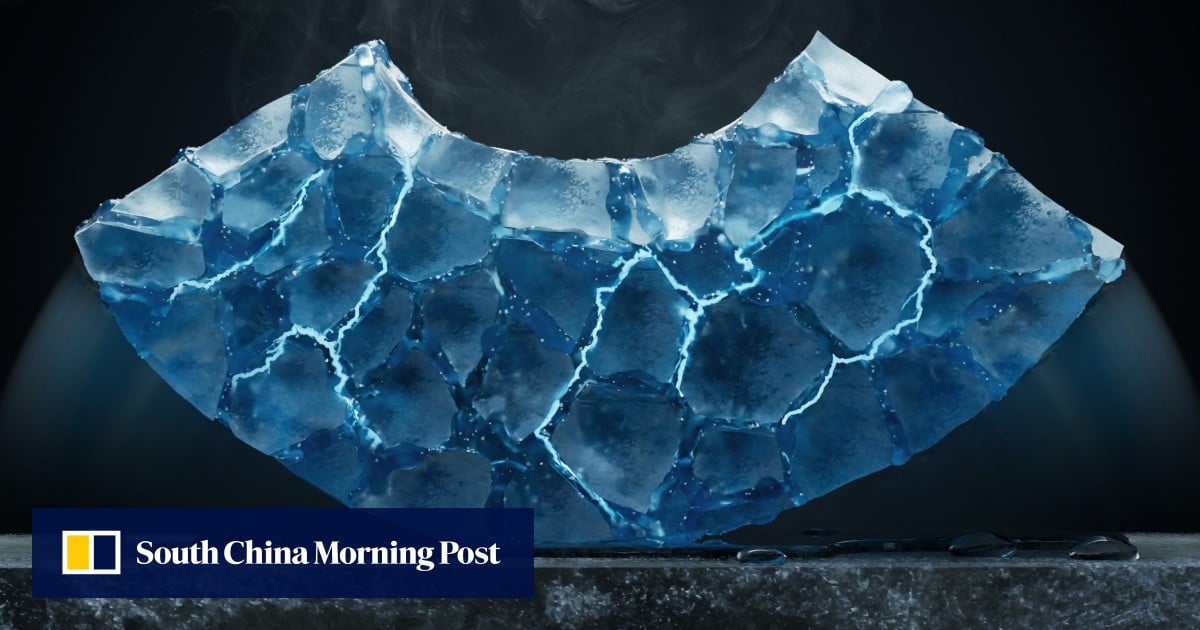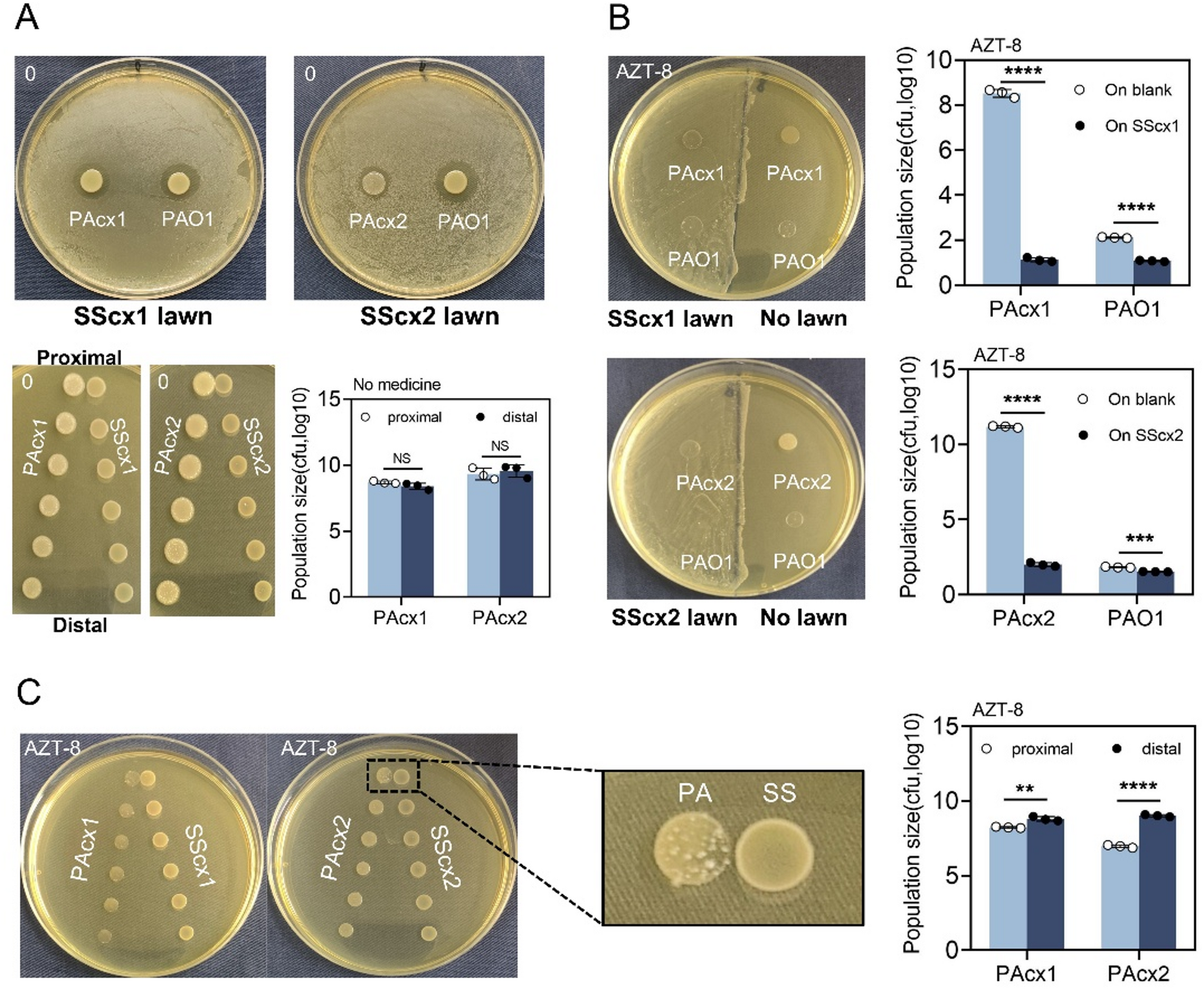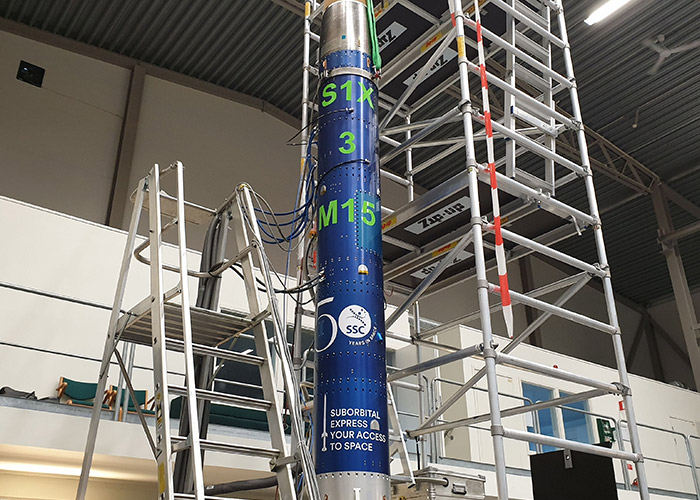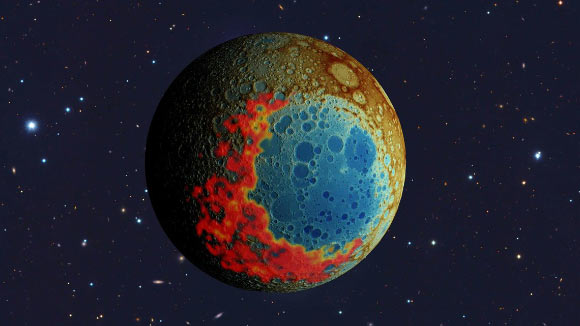“A pressured world” could be one of the reasons a mental health helpline received more than 2,000 extra calls last year, an expert said.
Surrey and Borders Partnership NHS Foundation Trust said its helpline received 34,350 calls between January…

“A pressured world” could be one of the reasons a mental health helpline received more than 2,000 extra calls last year, an expert said.
Surrey and Borders Partnership NHS Foundation Trust said its helpline received 34,350 calls between January…

The secret to the naked mole-rats’ extraordinarily long life may lie in subtle changes to just four amino acids, researchers report. According to a new study, evolutionary mutations in cGAS – an enzyme in the innate immune system…

Winston Elliott Scott knows a thing or two about being in space.
As a NASA astronaut, Winston took trips into orbit in 1996 and 1997 on board two different shuttles, logging just over 24 days in space by taking part in two missions that…

Everywhere you go, you carry a population of microbes in your gastrointestinal tract that outnumber the human cells making up your body.
This microbiome has important connections to health in your gut, brain and immune…

Scientists from China and Spain have discovered that adding salt to ice can enable it to generate electricity, opening up the possibility of harnessing clean power in cold environments – with a twist.
The team found that when salt-doped ice was…

The interaction between P. aeruginosa and S. salivarius was first revealed on BHI agar plates. Regardless of whether examining PAcx1, PAcx2, or the model strain PAO1, all…

A world-first study has proven microbes essential for human health can survive the extreme forces of space launch.
Space agencies are planning to send crews to Mars within decades but sustaining life on the red planet would be more difficult if…

The Illumina NovaSeq 6000 platform generated approximately 7.94 gigabytes (Gb) of data for E. bonariensis, consisting of 19.1 million 150-bp paired-end reads. The cp. genome of E. bonariensis was…

At least three different reporters on Tuesday asked John Clarke, one of this year’s Nobel Prize in physics laureates, how exactly we ended up with technology like the cellphone today from his obscure…

Roughly 4.3 billion years ago, when our Solar System was still in its infancy, a giant asteroid slammed into the far side of the Moon, blasting an enormous crater referred to as the South Pole-Aitken basin. This impact feature is the largest…